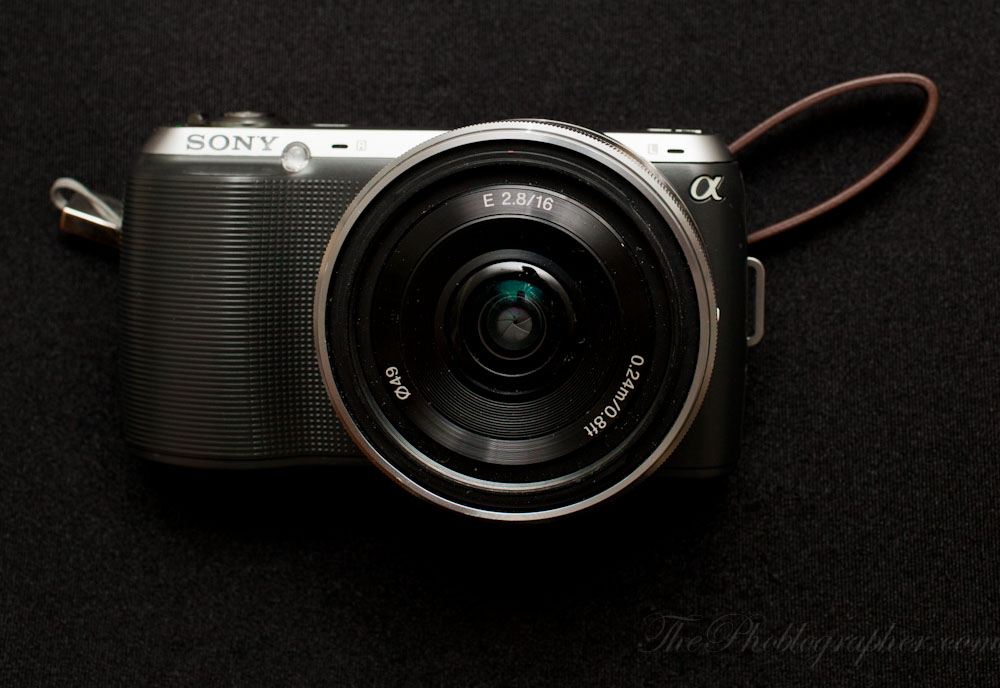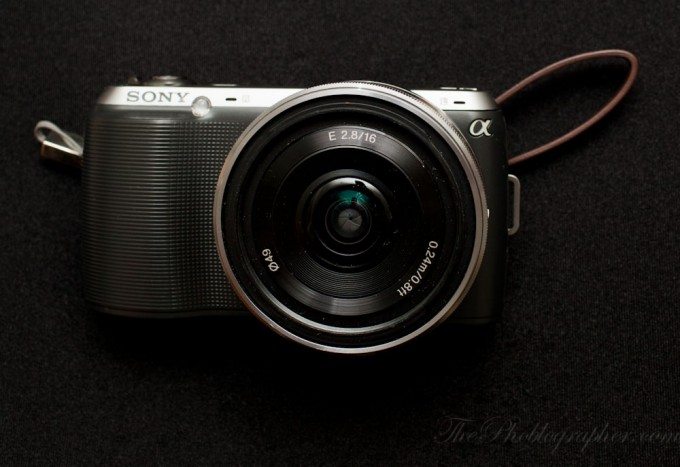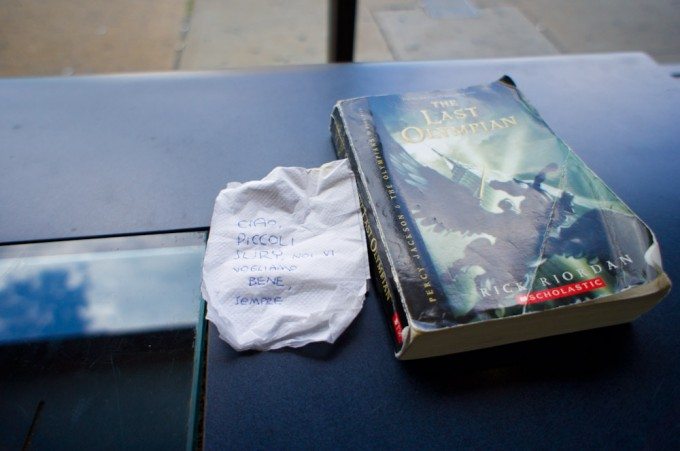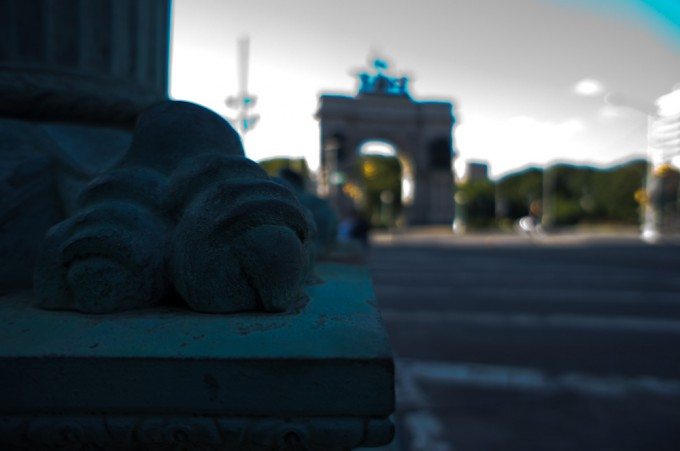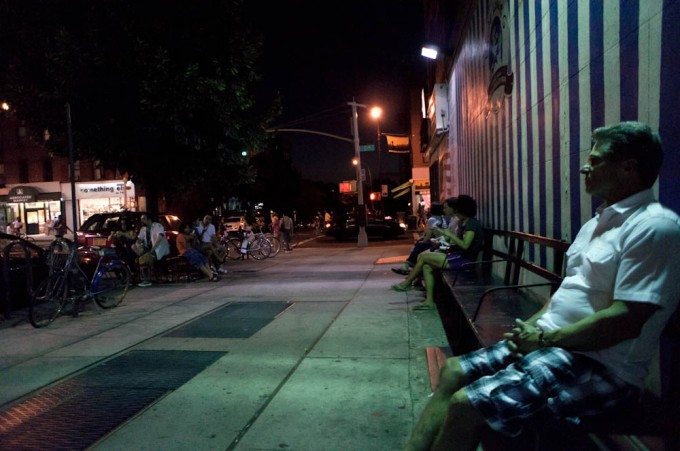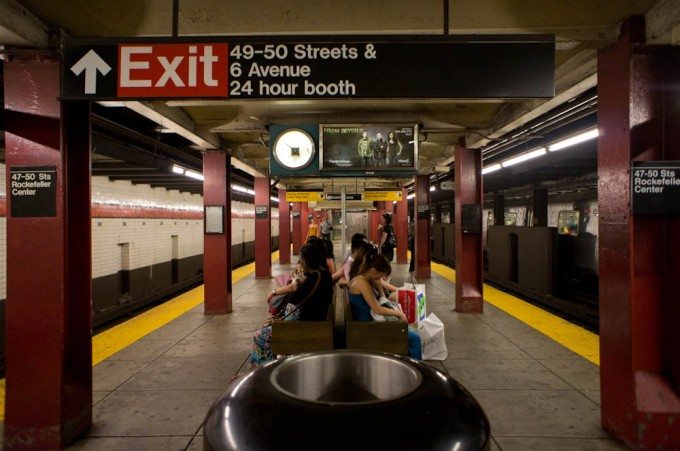We reviewed the Sony NEX C3 (or NEX-C3, NEXC3, NEX C-3) before, and were extremely ecstatic about what Sony has created. Indeed, it is a lovely camera and the company needs to be commended for doing an outstanding job in upgrading from the previous model. When we did our review, the RAW files could not be edited in Adobe Lightroom 3. With the latest update to the software, this has changed. So what does this little powerhouse have in store?
Color Depth
First off, note that Sony has some really amazing color with their brand new sensor. Seriously, it’s really that good. My only complaint is their lenses, which I believe are lacking.
However, the colors are very, very good as shown in our full review of the camera. Since they are this good and Sony has been known to be extremely innovative with their sensors, let’s take a look at the dynamic range and color depth both at once.
Before we go on though, I should really mention how gorgeous and film-like the colors are.
Dynamic Range
The above photo is the original image from the camera. It is quite literally, the RAW files converted straight to a JPEG. So let’s see what’s possible with it.
We’ve made the colors pop quite a bit and we’ve also recovered the lost details in the sky. All of this was done without creating an HDR. But let’s try this some more.
Once again, we’ve got some lost details in the sky here.
With some editing work, we’ve managed to still get those details in the sky back and keep essentially the same color levels in the rest of the scene. If you ask me, that’s pretty amazing for a sensor like this.
Here’s another test. The above image is the original.
And this image is the edit. Besides being able to once again recover the sky, I’ve been able to boost the colors in the scene that was shot in a scenic Brooklyn neighborhood. In this scene, they’re not so muted anymore but more vibrant and saturated.
Just to go a bit crazy here, let’s see what it can recover from the super over exposed background in this image.
The details in the highlight was recovered by lowering the exposure levels all the way down. We can now see lamp posts and some cloud details in the sky.
From these tests, I can only say that the dynamic range of the Sony NEX C3 is very, very good.
High ISO
The high ISO output of the Sony NEX C3 is already very clean, but let’s see how much further it can be pushed without showing lots of image noise/grain.
As is similar with the dynamic range, lots of details can be recovered from the shadows. But on top of this, the high ISO levels can also be still kept down when your images are pushed further in processing.
The above image was shot at ISO 6400 and some noise reduction was applied. For what it’s worth, it’s still very clean. The images below were shot at ISO 6400 and cleaned up for noise in post-production. They were shot at varying ISOs of 6400 to 1600.
Conclusions
With the addition of this review, the Sony NEX C3 goes down as having the best image quality of an mirrorless camera we’ve tested so far. It bests anything from Micro Four Thirds that has been in our hands, and Sony has proven that they are going to be extremely aggressive in trying to take over the market.
Image quality alone can’t help it though. And to see more about the NEX C3, you should check out our full review. However, also take a look at our hands on report with the NEX 5n.
Please Support The Phoblographer
We love to bring you guys the latest and greatest news and gear related stuff. However, we can’t keep doing that unless we have your continued support. If you would like to purchase any of the items mentioned, please do so by clicking our links first and then purchasing the items as we then get a small portion of the sale to help run the website.


